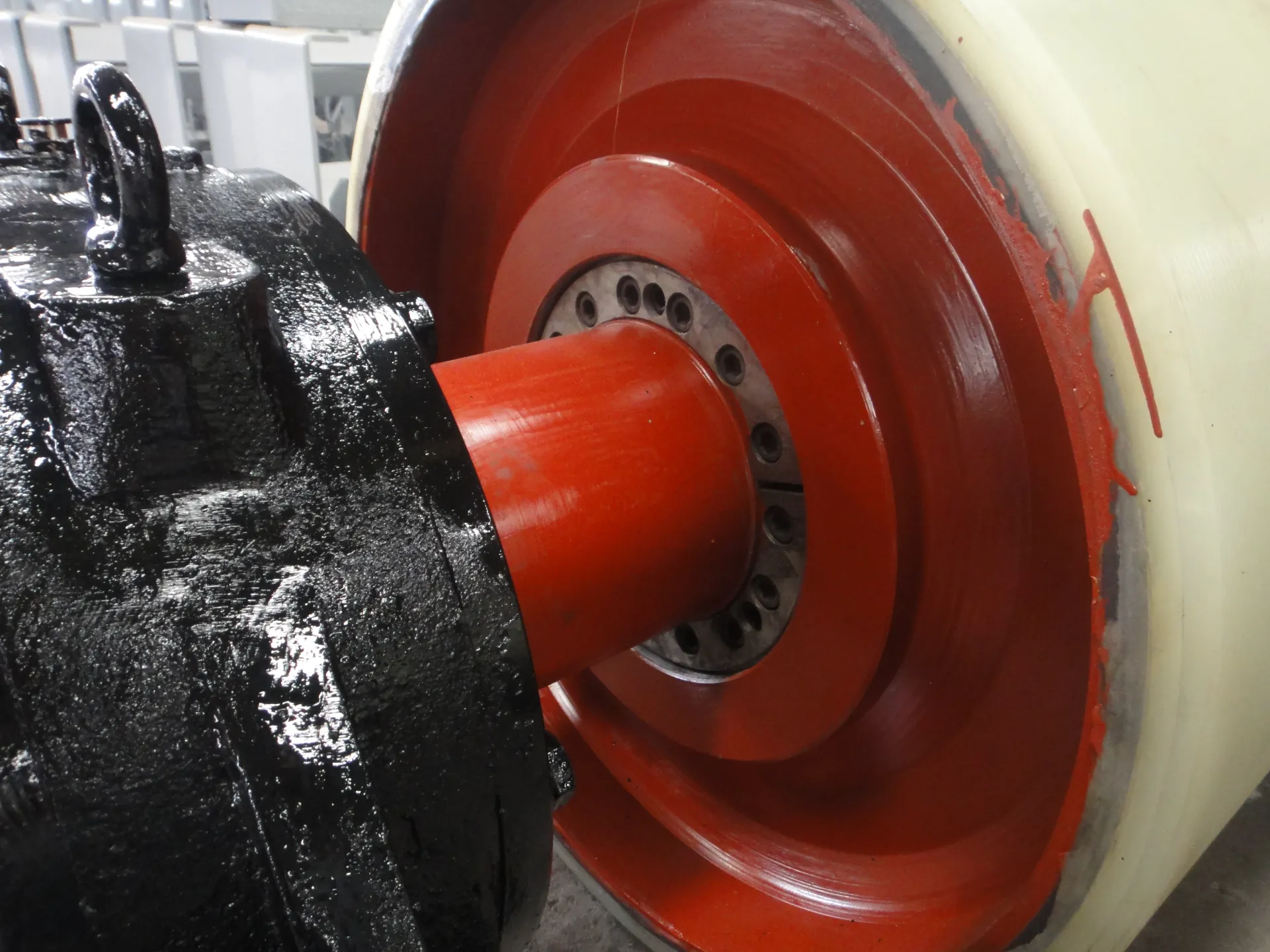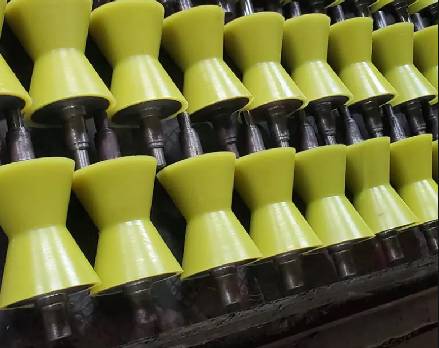 Afrikaans
Afrikaans  Albanian
Albanian  Amharic
Amharic  Arabic
Arabic  Armenian
Armenian  Azerbaijani
Azerbaijani  Basque
Basque  Belarusian
Belarusian  Bengali
Bengali  Bosnian
Bosnian  Bulgarian
Bulgarian  Catalan
Catalan  Cebuano
Cebuano  Corsican
Corsican  Croatian
Croatian  Czech
Czech  Danish
Danish  Dutch
Dutch  English
English  Esperanto
Esperanto  Estonian
Estonian  Finnish
Finnish  French
French  Frisian
Frisian  Galician
Galician  Georgian
Georgian  German
German  Greek
Greek  Gujarati
Gujarati  Haitian Creole
Haitian Creole  hausa
hausa  hawaiian
hawaiian  Hebrew
Hebrew  Hindi
Hindi  Miao
Miao  Hungarian
Hungarian  Icelandic
Icelandic  igbo
igbo  Indonesian
Indonesian  irish
irish  Italian
Italian  Japanese
Japanese  Javanese
Javanese  Kannada
Kannada  kazakh
kazakh  Khmer
Khmer  Rwandese
Rwandese  Korean
Korean  Kurdish
Kurdish  Kyrgyz
Kyrgyz  Lao
Lao  Latin
Latin  Latvian
Latvian  Lithuanian
Lithuanian  Luxembourgish
Luxembourgish  Macedonian
Macedonian  Malgashi
Malgashi  Malay
Malay  Malayalam
Malayalam  Maltese
Maltese  Maori
Maori  Marathi
Marathi  Mongolian
Mongolian  Myanmar
Myanmar  Nepali
Nepali  Norwegian
Norwegian  Norwegian
Norwegian  Occitan
Occitan  Pashto
Pashto  Persian
Persian  Polish
Polish  Portuguese
Portuguese  Punjabi
Punjabi  Romanian
Romanian  Russian
Russian  Samoan
Samoan  Scottish Gaelic
Scottish Gaelic  Serbian
Serbian  Sesotho
Sesotho  Shona
Shona  Sindhi
Sindhi  Sinhala
Sinhala  Slovak
Slovak  Slovenian
Slovenian  Somali
Somali  Spanish
Spanish  Sundanese
Sundanese  Swahili
Swahili  Swedish
Swedish  Tagalog
Tagalog  Tajik
Tajik  Tamil
Tamil  Tatar
Tatar  Telugu
Telugu  Thai
Thai  Turkish
Turkish  Turkmen
Turkmen  Ukrainian
Ukrainian  Urdu
Urdu  Uighur
Uighur  Uzbek
Uzbek  Vietnamese
Vietnamese  Welsh
Welsh  Bantu
Bantu  Yiddish
Yiddish  Yoruba
Yoruba  Zulu
Zulu High-Quality Conveyor Belt Roll – Durable Rubber Conveyor Belt Rollers & Various Types for Industry
- Introduction: The Importance of Conveyor Belt Roll
- Technical Advantages of Modern Conveyor Belt Rollers
- Types of Conveyor Belt Rollers Explained
- Comparing Leading Manufacturers
- Customization Solutions for Specific Industries
- Application Case Studies and Real-World Impact
- Conclusion: Enhancing Efficiency with Conveyor Belt Roll Solutions

(conveyor belt roll)
Introduction: The Importance of Conveyor Belt Roll
Conveyor belt roll systems are fundamental components in countless industrial sectors. Responsible for facilitating the efficient movement of goods, raw materials, and products throughout manufacturing, mining, agriculture, and logistics operations, these rolls are essential for the automation of conveying lines. Recent reports from Statista reveal the global conveyor system market exceeded USD 7 billion in 2023 and projects steady growth as industries invest in increased automation and efficiency. Among the various elements of these systems, the quality and performance of each conveyor belt roll
are pivotal—directly impacting operational uptime, safety, and long-term costs. These seemingly simple rolls are complex engineering achievements that form the backbone of bulk material handling worldwide.
Technical Advantages of Modern Conveyor Belt Rollers
The evolution of conveyor belt roll technology is marked by significant technical advances. Innovations such as anti-corrosive coatings, precision bearings, modular assembly designs, and advanced rubber compounds have enhanced performance and longevity. According to industry research, high-quality rubber conveyor belt rollers can reduce maintenance intervals by up to 40% compared to traditional steel rollers. This is partly due to improved resistance to abrasion, chemical exposure, and temperature extremes. For instance, polyurethane-coated rollers are being adopted in food and pharmaceutical sectors due to their non-contaminating properties and lower friction coefficients—delivering not only operational reliability but also energy savings. The implementation of smart monitoring technology, such as IoT-enabled sensors, allows real-time condition tracking, predicting roller wear and prompting scheduled maintenance, thus maximizing productivity and minimizing unplanned downtime.
Types of Conveyor Belt Rollers Explained
Selecting the right type of roller is crucial for matching conveyor systems to the demands of their operation. There are several types of conveyor belt rollers commonly employed across industries:
- Plain or Flat Rollers: Utilized primarily in transporting flat-bottomed loads. Their simple construction ensures reliability under standard conditions.
- Impact Rollers: Positioned at loading zones where the impact of incoming materials is highest. Impact rollers generally feature shock-absorbing rubber discs to prolong service life and protect the belt.
- Rubber-Coated Rollers: Applied in environments requiring superior grip or when handling delicate materials. The rubber exterior minimizes noise and belt slippage.
- Guide Rollers: Installed to direct and center the belt, especially on long or inclined runs; these prevent misalignment and reduce wear.
- Return Rollers: Located below the system to support the return side of the conveyor belt, often equipped with unique geometries for effective operation.
Understanding the specific functions and relative advantages of each type ensures optimal conveyor performance, safety, and cost management.
Comparing Leading Manufacturers
The choice of supplier can profoundly affect the service life and reliability of conveyor systems. Here is a comparative table featuring leading global manufacturers, highlighting critical performance and service criteria as evaluated in independent 2023 market research.
| Manufacturer | Roller Type Range | Average Lifespan (years) | Warranty (years) | Lead Time (weeks) | Certifications | Notable Clients |
|---|---|---|---|---|---|---|
| Interroll Group | Standard, Impact, Rubber-coated, Guide | 8 - 10 | 3 | 4 - 8 | ISO 9001, FDA | DHL, Amazon |
| Fastrax Conveyor Rollers | Steel, Plastic, Stainless, PVC | 6 - 8 | 2 | 2 - 6 | ISO 9001 | Tesco, Boots UK |
| Rulmeca Group | Bulk Handling, Rubber, Guide, HDPE | 9 - 12 | 5 | 7 - 12 | ISO 14001, ATEX | thyssenkrupp, Lafarge |
| PROK | Composite, Steel, Rubber Impact | 10 - 13 | 4 | 3 - 8 | ISO 45001 | BHP, Rio Tinto |
| Kinder Australia | Impact, Return, Rubber-Coated | 7 - 9 | 2 | 3 - 9 | ISO 9001 | Glencore, Fortescue |
From the analysis, manufacturers offering tailored solutions and extended warranties tend to secure contracts with high-profile, efficiency-demanding clients in mining, logistics, and manufacturing. Factors like product range, certifications, and lead times also play decisive roles when selecting a partner.
Customization Solutions for Specific Industries
No two industrial processes are identical, making customization vital to extracting maximum value from roller-integrated conveyor layouts. Manufacturers provide a wide variety of services beyond basic supply, including bespoke roller diameters (from 30mm up to 400mm), axle load capacities (up to 5,000 kg per roller), and surface treatments tailored to unique material handling challenges. For the mining sector, abrasion resistance and dust sealing are often prioritized, with custom labyrinth seals and heavy-duty bearing configurations. Food processors may require FDA-approved, food-safe polymers and water-resistant magnetic bearings. In the logistics industry, high-speed conveyors utilize lightweight composite rollers to reduce frictional drag and cycle times. According to a 2022 industry survey, over 62% of factories now invest in at least one custom roller solution per conveyor line to address challenges in throughput, environmental compliance, and safety.
Application Case Studies and Real-World Impact
Real-world deployment underlines the transformative power of advanced conveyor belt rolls:
- Mining (Australia): A major gold mining operation, confronting excessive downtime from roller failure, adopted reinforced rubber conveyor belt rollers with dust-sealed bearings. The result: downtime was reduced by 33% and belt replacement frequency decreased by over 22% within the first 12 months.
- Logistics (Germany): An e-commerce fulfillment center faced frequent belt misalignment. Installing advanced guide rollers with IoT sensors enabled automatic adjustment and predictive maintenance scheduling, boosting operational availability above 99%.
- Food Processing (USA): After implementing non-stick, antimicrobial rubber-coated rollers, a leading snack producer recorded a 17% increase in hygiene compliance scores and a marked reduction in unplanned line halts due to buildup.
- Cement (India): A cement plant utilizing heavy-duty impact rollers under primary hoppers extended primary maintenance cycles from three to five months, cutting annual maintenance costs by 15%.
These examples confirm that strategic upgrades in roller specification and technology can yield substantial improvements in efficiency, maintenance, safety, and ROI across diverse sectors.
Conclusion: Enhancing Efficiency with Conveyor Belt Roll Solutions
The right conveyor belt roll is a catalyst for industrial productivity. As analytical data and field experience show, investments in premium rubber conveyor belt rollers and the appropriate types of conveyor belt rollers lead to sustained operational excellence. The integration of smart technology, custom engineering, and close collaboration with proven manufacturers empowers organizations to streamline processes, minimize costs, and adapt rapidly to evolving demands. By focusing on advanced roller solutions that align with unique facility requirements, companies can confidently face future automation challenges with resilience and efficiency.

(conveyor belt roll)
FAQS on conveyor belt roll
Q: What is a conveyor belt roll?
A: A conveyor belt roll is a cylindrical, rolled-up length of conveyor belt material. It is typically used for transportation, storage, or easy installation on conveyor systems.Q: What are rubber conveyor belt rollers used for?
A: Rubber conveyor belt rollers support and guide the belt during operation, reducing wear and noise. They are ideal for handling delicate or lightweight materials.Q: What are the common types of conveyor belt rollers?
A: Common types include carrying rollers, impact rollers, and return rollers. Each type serves a specific function in supporting and protecting the conveyor belt system.Q: How do you install a conveyor belt roll onto a conveyor system?
A: The conveyor belt roll is carefully unwound and aligned onto the pulleys of the conveyor. Proper tension and alignment are essential for optimal performance.Q: What are the advantages of using rubber conveyor belt rollers?
A: Rubber rollers absorb shocks and reduce conveyor system noise. They also provide better grip and protect both the belt and transported items from damage.-
Revolutionizing Conveyor Reliability with Advanced Rubber Lagging PulleysNewsJul.22,2025
-
Powering Precision and Durability with Expert Manufacturers of Conveyor ComponentsNewsJul.22,2025
-
Optimizing Conveyor Systems with Advanced Conveyor AccessoriesNewsJul.22,2025
-
Maximize Conveyor Efficiency with Quality Conveyor Idler PulleysNewsJul.22,2025
-
Future-Proof Your Conveyor System with High-Performance Polyurethane RollerNewsJul.22,2025
-
Driving Efficiency Forward with Quality Idlers and RollersNewsJul.22,2025





























